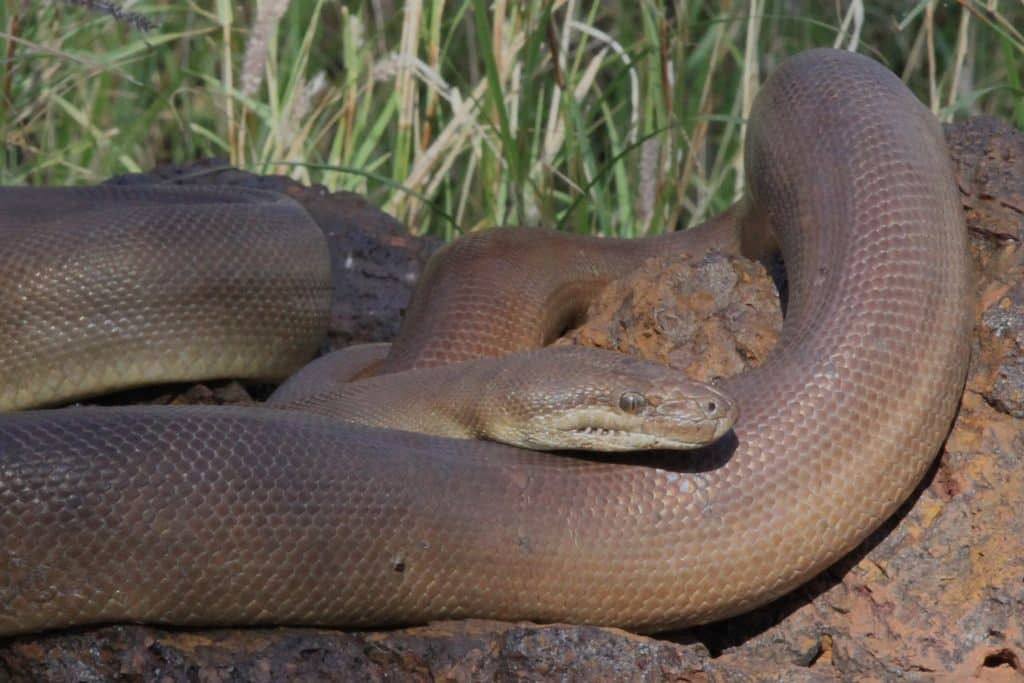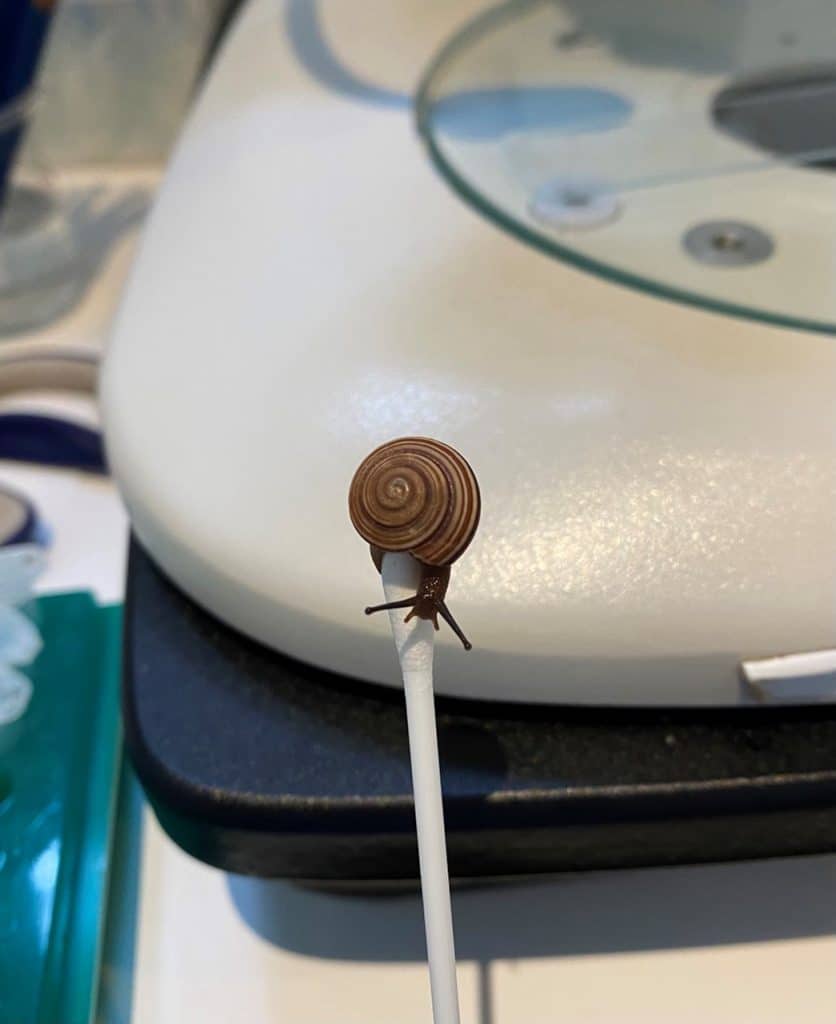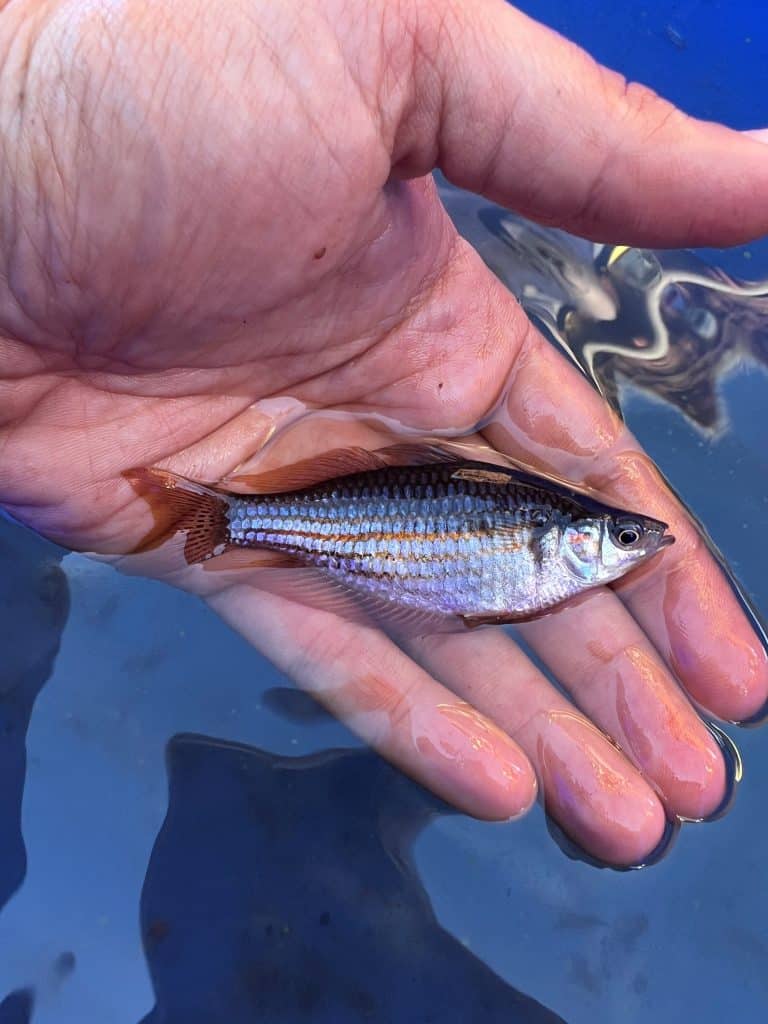Liesel Morgan Land snails often exhibit high levels of endemism and are vulnerable to habitat degradation. As such, they are…
A new paper co-authored by Biologic’s Brighton D’Rozario and Ryan Ellis shows that eDNA barcoding can be used to detect the presence of Pilbara olive python (Liasis olivaceus barroni).
The research, led by Curtin University’s Dr Mahsa Mousavi-Derazmahalleh, tested whether a 16S metabarcoding assay developed to detect reptiles could successfully detect the environmental DNA (eDNA) of Pilbara olive python (POP) in water samples collected from rock pools. The result provides an important proof-of-concept for the use of eDNA as a biomonitoring tool for the species in the Pilbara region.
POP are listed as Vulnerable under the Western Australian Biodiversity Conservation Act 2016 and Commonwealth Environment Protection and Biodiversity Conservation Act 1999. They have a low reproductive rate, and many juveniles are suspected to die from predation. Mining activities have the potential to alter or destroy the escarpments, gorges and water holes favoured as habitat by POP, and road fatalities of this slow-moving snake are common. For these reasons, POP are a key factor considered during the environmental impact assessment of proposed developments in the Pilbara.
POP are cryptic and elusive, despite growing to an average length of 3–4 metres. Days and nights spent searching during targeted surveys often fail to find sign of them. When POP are found, it is often at the edge of rock pools and other water features, where they lie fully or partially submerged waiting to ambush prey.
Methods to detect aquatic species from their eDNA (the DNA released into the environment in urine, faeces, mucus and saliva or through the shedding of skin and hair) are well developed. Yet eDNA has seldom been used to detect snakes, likely owing to concerns that their keratinized skin sheds little DNA into the environment.
Given the varying efficiency of eDNA metabarcoding to detect snakes in other studies, the POP study focussed on samples collected from the smaller rock pools and drainage pools that POP are known to use. The assay detected POP eDNA in 37 samples collected from 12 pools, along with the eDNA of four species of mammal (including three bat species), 14 species of bird, two species of frog and five species of reptile, including POP. Eight species of fish were also detected, including the Fortescue grunter (Leiopotherapon aheneus), listed as Priority 4 by the Department of Biodiversity, Conservation and Attractions.
In the hot and arid Pilbara, natural water features are of immense ecological value, and their protection is considered vital to the persistence of many significant species. The ongoing expansion of DNA reference libraries and the improved efficiency of eDNA metabarcoding techniques means that these water features will play an increasingly important role in the detection of species that are cryptic, highly mobile or difficult to observe using standard survey techniques.



